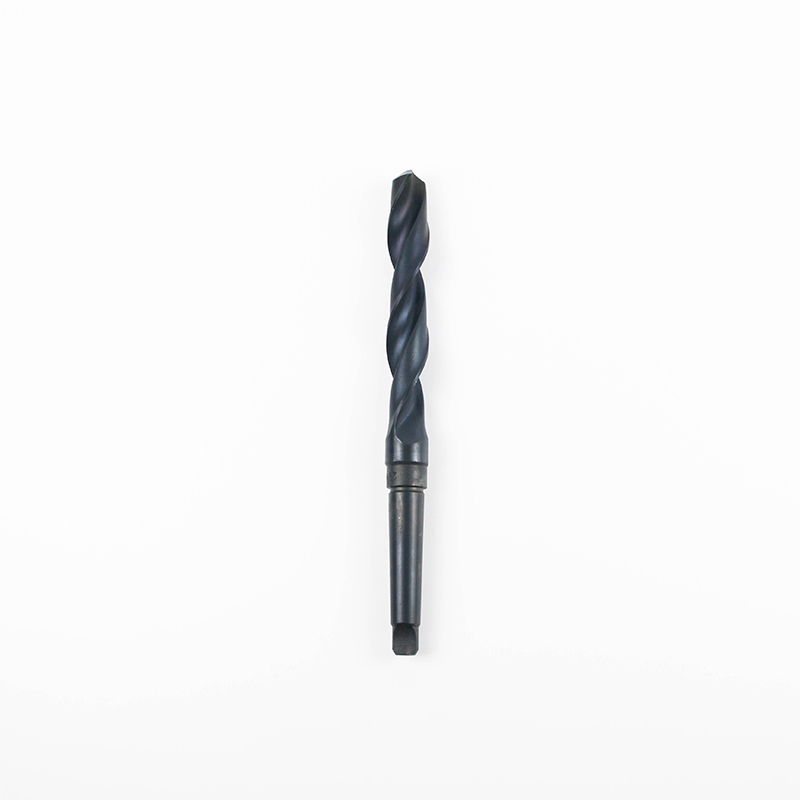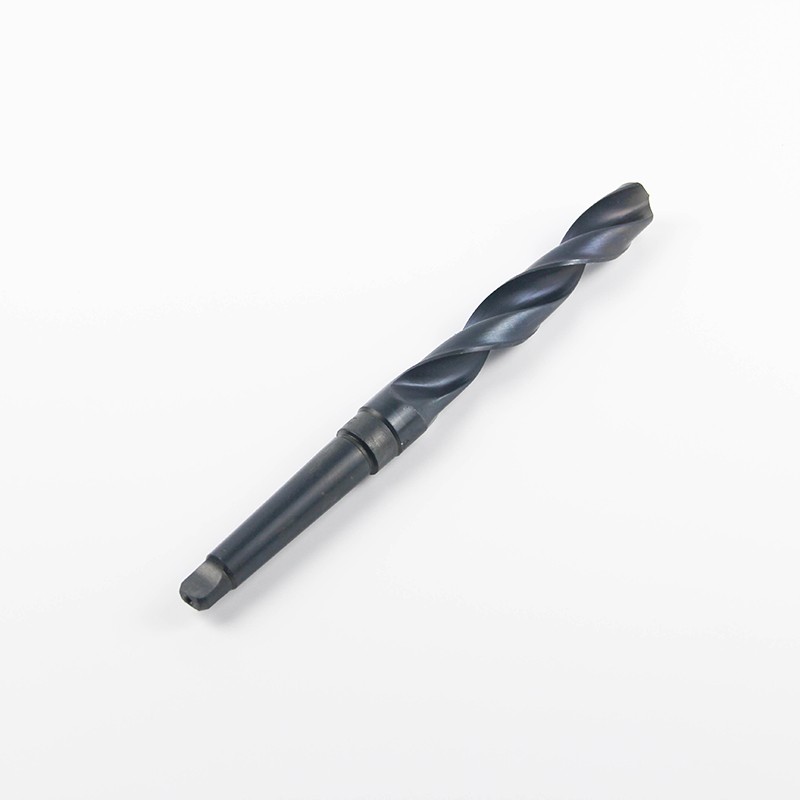What is the difference between a straight shank and a tapered shank twist drill
 Nov 04, 2023|
Nov 04, 2023| View:247
View:247In the world of drilling, precision and efficiency are paramount. To achieve optimal results, it is crucial to choose the right tools for the job. When it comes to twist drill bits, one of the primary considerations is the shank type. Two commonly used shank designs are the straight shank and the tapered shank. Understanding the differences between these two types can significantly impact drilling performance and overall effectiveness.
The straight shank twist drill bit, as the name suggests, features a consistent diameter from the cutting end to the shank. This design makes it compatible with a wide range of drilling machines, such as hand drills, drill presses, and CNC machines. The straight shank's uniformity allows for easy insertion into the drill chuck and provides stability during drilling. This type of shank is commonly used for general drilling applications in various materials, including wood, metal, and plastics.

On the other hand, the tapered shank twist drill bit differs in design. It starts with a thinner diameter at the cutting end and gradually widens towards the shank. This tapered shape enables the bit to fit securely into a tapered drill chuck, providing enhanced grip and stability. Tapered shank drill bits are often employed in specific drilling tasks, such as drilling holes in machine tool spindles or drilling holes that require precise alignment.
The choice between a straight shank and a tapered shank twist drill bit depends on the specific drilling requirements. Straight shank bits are preferred for general-purpose drilling, as they offer versatility and compatibility with a wide range of drilling machines. They are commonly available in various diameters and lengths, making them suitable for different drilling depths and hole sizes.
In contrast, tapered shank twist drill bits excel in tasks that demand a higher level of precision and alignment. The tapered design ensures a snug fit in a tapered drill chuck, minimizing any potential wobbling or slippage during drilling. This shank type is particularly useful in applications where accuracy is critical, such as in the aerospace or automotive industries.

While both shank types have their advantages, it is essential to consider the specific drilling requirements before making a selection. Factors such as the material being drilled, the drilling machine being used, and the desired level of precision all play a role in determining the appropriate shank type.
In conclusion, the choice between a straight shank and a tapered shank twist drill bit ultimately depends on the drilling task at hand. The straight shank offers versatility and compatibility, making it suitable for general drilling purposes. Meanwhile, the tapered shank excels in precision applications, ensuring a secure fit and enhanced accuracy. By understanding the distinctions between these shank types, drilling professionals can make informed decisions and optimize their drilling processes for superior results.
BeHappy has extensive experience and technical expertise in designing and manufacturing tapered shank twist drills. We are committed to developing innovative tools to meet the needs of different industries and application fields. Our engineering team continuously strives to improve product design to ensure excellence in performance and quality.




